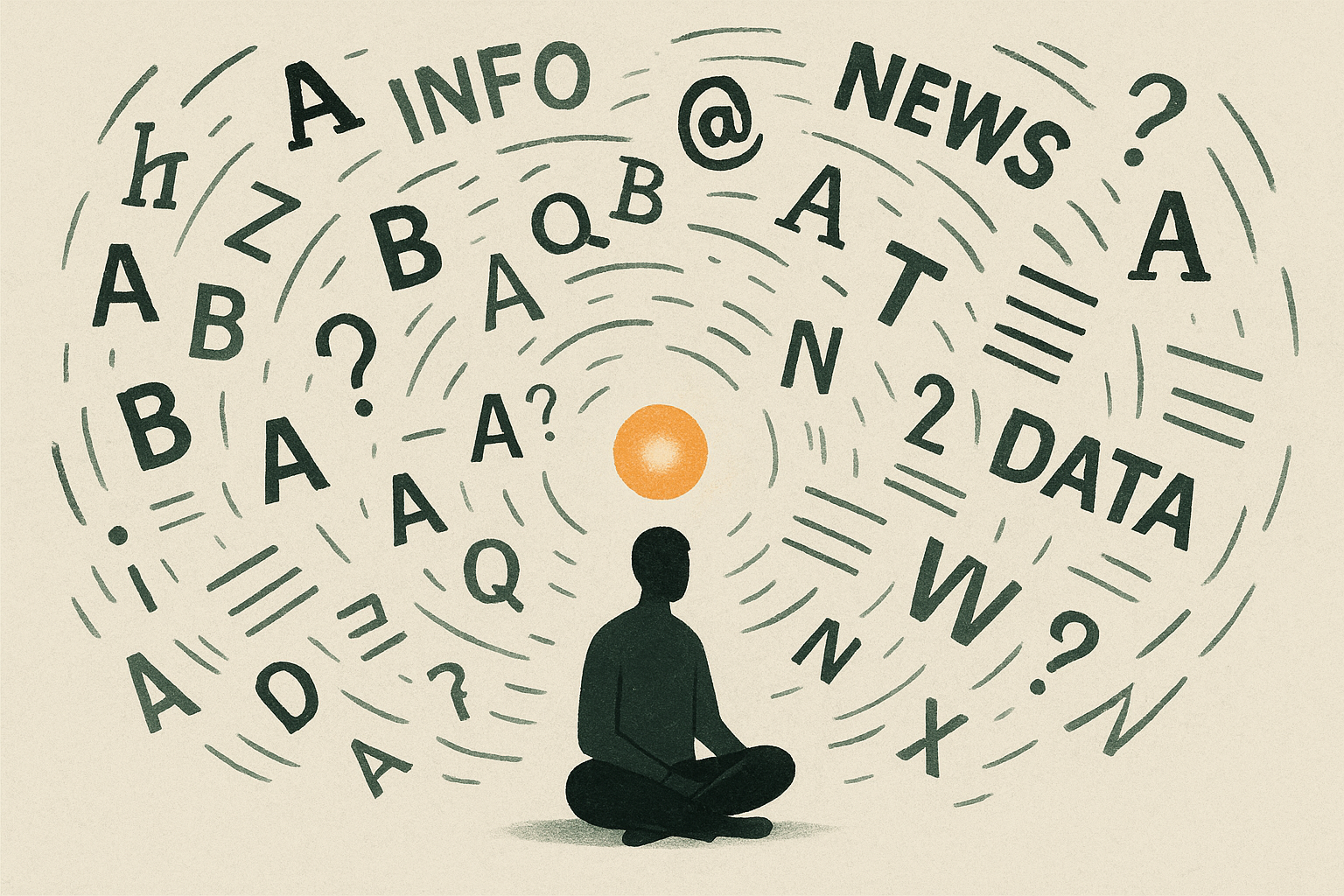Every major trend begins as something small. At first, it may look like noise: a new behavior in a niche community, an unfamiliar technology in a research lab, or a policy shift on the other side of the world. In foresight work, these faint and fragmented hints are called weak signals.
A weak signal is an early and often ambiguous sign of potential change. It does not yet qualify as a trend or a driver of change, but it has the potential to grow into one. Because of their uncertainty, weak signals are easy to overlook – but they are also where tomorrow’s disruptions usually begin.
Definition of weak signals in foresight
In strategic foresight and futures intelligence, a weak signal is one of the first visible indications of an emerging change. Think of weak signals as the starting points in the foresight vocabulary: individually vague, but collectively forming patterns that later become trends and drivers of change.
Understanding weak signals is essential for building a shared foresight language across strategy, innovation, and R&D functions.
Why weak signals matter for foresight and strategy
Weak signals are the raw material of foresight. By identifying and analyzing them, professionals in foresight, strategy, and innovation can:
- Detect shifts earlier than competitors
- Gain more time to test, experiment, and adapt
- Create proactive strategies instead of reacting late
One weak signal alone rarely reveals much. But when many are collected and analyzed, patterns begin to emerge. These patterns can evolve into trends and eventually into drivers of industry-level change.
For organizations working on long-term strategy, innovation portfolios, or R&D, paying attention to weak signals provides valuable lead time to prepare for alternative futures.
How to identify and work with weak signals
Weak signals can be found in a wide variety of sources, including:
- Scientific research and patents
- Start-up ecosystems and venture capital activity
- Online communities and niche forums
- News outlets, blogs, and industry reports
- Early policy discussions and regulatory drafts
- Customer feedback and frontline observations
The challenge in foresight is not only collecting weak signals but also making sense of them. Collaboration across teams helps validate which signals might matter and builds a shared understanding of their implications.
Common pitfalls when working with weak signals include ignoring them as irrelevant noise, or rushing to conclusions based on a single isolated signal. The real value comes from continuously scanning, collecting, and analyzing weak signals in context.
Applying weak signals in foresight practice
For foresight managers, strategy teams, and innovation leaders, introducing weak signals into everyday conversations can help colleagues build future awareness. Sharing weak signals regularly makes it easier to connect dots across teams and foster a culture of forward-looking thinking.
With the FIBRES foresight platform, you can capture weak signals systematically, structure them on a foresight radar, and connect them into trends and scenarios. This makes it easier to turn today’s fragments into tomorrow’s foresight intelligence.


